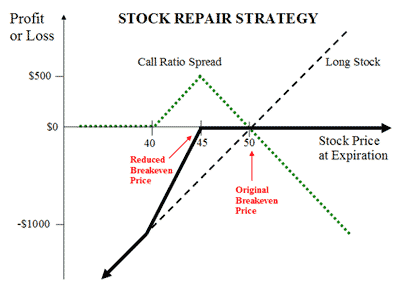Don't forget the big news from the P&D report - Tesla is having problems delivering cars, either indicating a breakdown in internal processes, and even more alarmingly - demand destruction.All coincided with FUD about Twitter, Elon needs to sell, right before earnings come out, and reaching the SP of the original S&P500 addition. Hmmmm.
On spread rolls I found that looking at different expirations was instructive. The cost to roll a month or a year was, at least when I was last looking at these, surprisingly close to each other. The way I think about it - when you're deep enough ITM then the incremental time value being bought / sold is about the same between the two legs of the spread, so whether its $5 for a 1 week roll, or $100 for a 1 year roll, the two still net out to about the same overall debit (credit).With extrinsic uncomfortably low (.50 mid day), I rolled 10/14 265/215 bps to 10/21 for debit... couldn't find a mutually reasonable debit for improving strike and didn't want to roll weeks away. On a positive note, the spread has been rolled 5 times now, this last one to again get more time, but now have given back 90% of the credit booked from when it was opened. Next stop, I'll accept assignment. I do have room to sell calls. Unless ATM, premiums are lousy; not enough to buy out the bps, or i would consider. Other reason to no sell CC, the shares getting called away would be a disaster, many have low cost basis. Or I just change the to last in first out... Lots to consider. Nice weekend all.
One thing I can tell you for sure - at least my own experience, I did pull the plug and nearly 2 years later I can say two things with confidence:I think that’s exactly just that the fed was intending to do with their non stop raises to crunch the market and make us go back to work. Not so long ago I was dreaming of pulling the plug and enjoying everyday left however I concluded I was too young so I continued trading option and losing money instead to prevent any possible retirement.
1) I'm glad that I did
2) I am just about useless for anything other than day labor (and options trading) at this point. My income earning / work skills, as well as motivation, have decayed to uselessness. The Fed is going to have a hard time inducing me to return to the work force.



